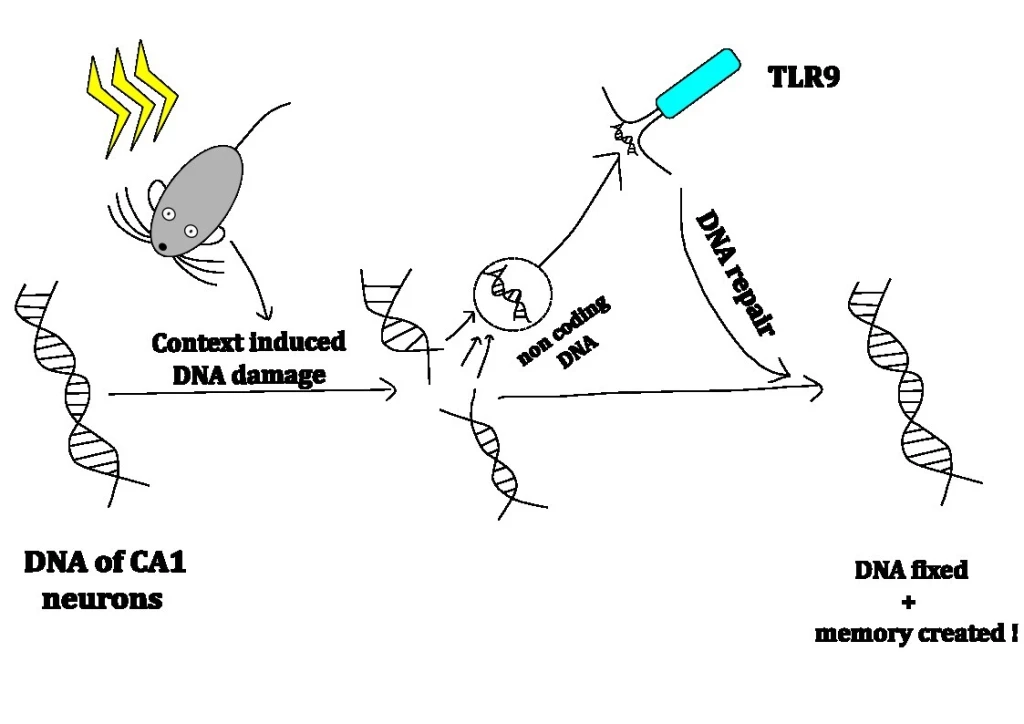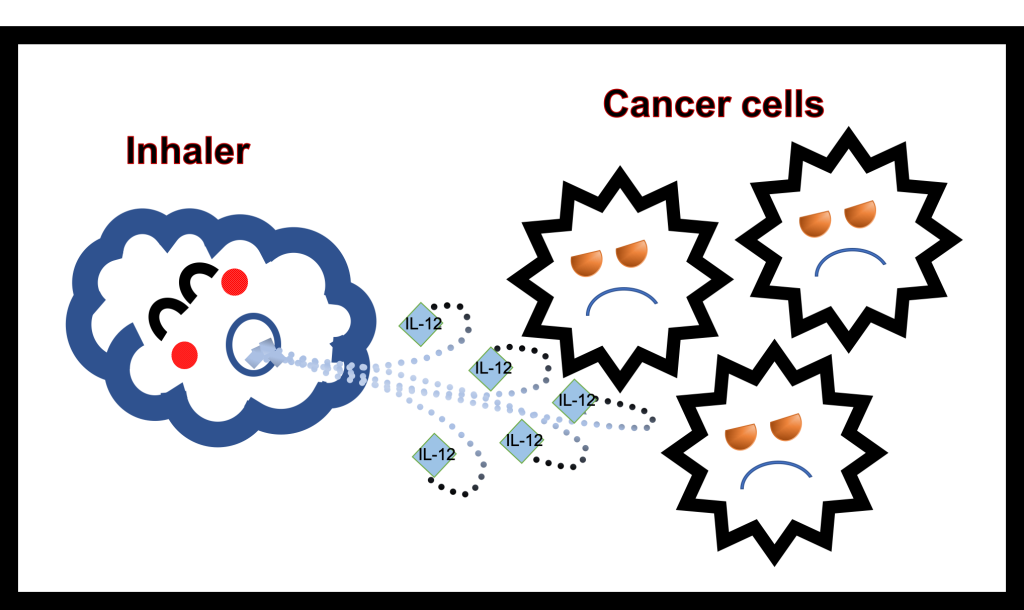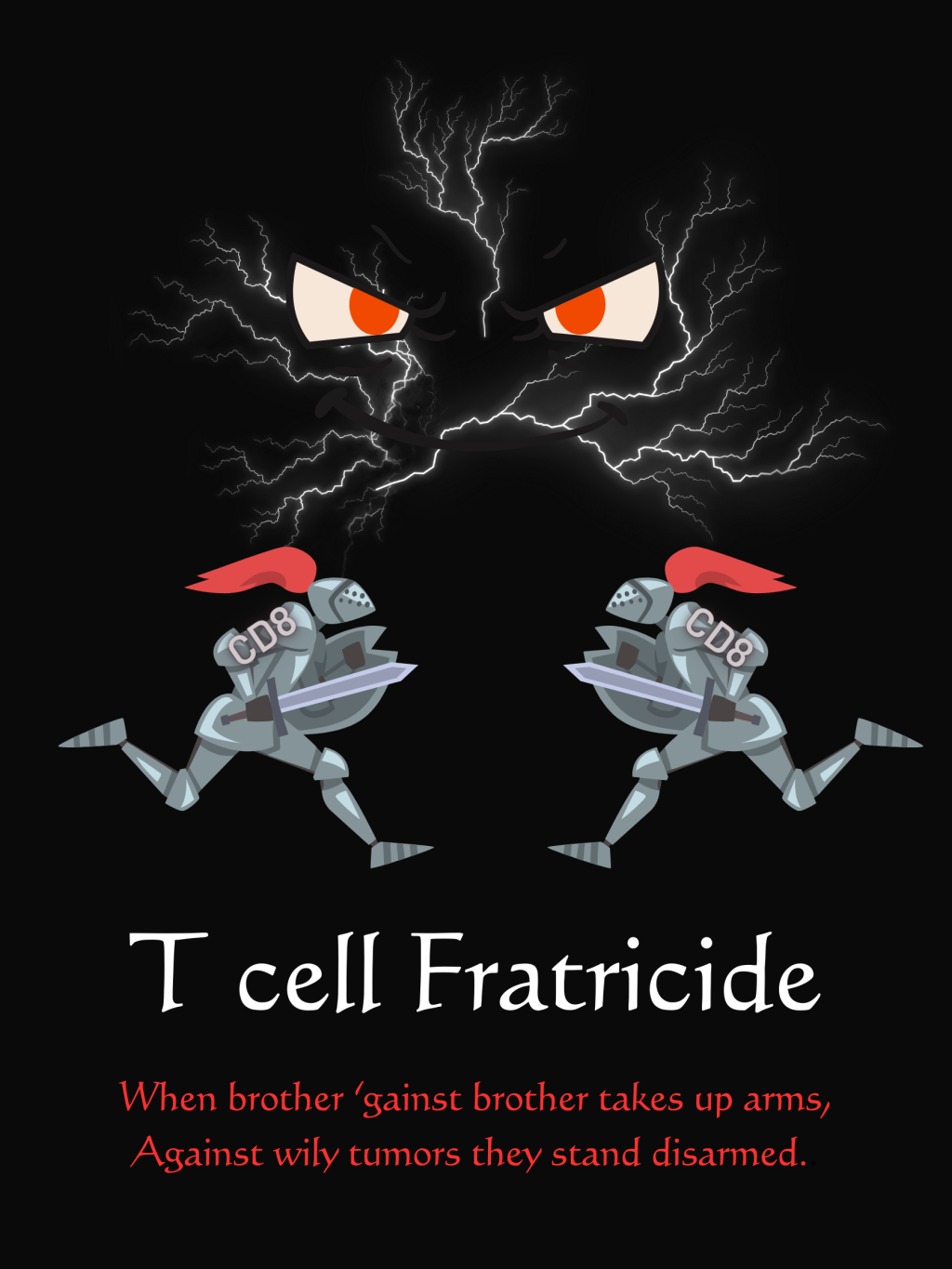Endometriosis is a chronic disease that affects around 10% of people having a woman’s reproductive system. It is an extremely painful disease that very often goes undiagnosed. For years, we have been dependent on pain medications or hormonal medications (having numerous side effects) as a route for relief, but there was no cure. Thankfully, in more recent times, this disease has also gained its spotlight and scientists are focusing on targeting the roots of this disease so that they can nip it in the bud. Do we finally live in a world where pain affecting predominantly women can be recognized as important? I sure hope so! In recent years there have been some immune links connected to endometriosis, one of them is interleukin 8 (IL-8). IL-8 levels could get upregulated during endometriosis and that could lead to worsening of the inflammation and other symptoms.
A recent and interesting study from Japan informed us that blocking IL-8 in endometriosis could be beneficial for the patient. How did they determine that? Let’s find out.
There are several things that Nishimoto-Kakiuchi and colleagues taught us throughout their study. Firstly, they found the different tissue compositions in endometriosis patients, one associated with inflammation and the other one with fibrosis. However, one common thread among those different endometriotic tissues was the high levels of IL-8 mRNA and protein.
Secondly, they targeted IL-8 in monkeys (Macaca fascicularis) animal models that spontaneously develop endometriosis. However, the number of these naturally endometriosis-developing monkeys is 1.5 per year, which drastically limited the study. Why did they target monkeys then? The answer is more obvious than you imagined: rodents do not have menstruation! Moreover, those monkeys also displayed high levels of IL-8.
In their study, Nishimoto-Kakiuchi and colleagues blocked IL-8 using antibodies in monkeys with spontaneously developed endometriosis. The reduction of lesions happened in two out of four monkeys (50%). To further elaborate on their findings, they developed surgically induced endometriosis in the same species of monkeys. They used these monkeys to test their in-house developed anti-IL-8 antibody, AMY109. Administration of AMY109 reduced the size of the endometriosis lesions and repressed bleeding. Treating with 10 mg/kg of AMY109 resulted in diminishing adhesions at the incision area in six out of seven animals, but there was no obvious change in adhesions at the incisions in the vehicle-treated animals.
These results show a lot of promise for people, mostly women, struggling with endometriosis daily. Completing everyday tasks with constant pain in your abdomen is definitely not as easy as women sometimes make it look. Some countries implement the possibility to take the days off during their menstruation, which is one way to combat this and ally with the women. The other ally is AMY, and she is currently finishing her phase 1 clinical study on volunteers, and it looks promising. Maybe, there really is hope for people suffering from endometriosis.
Source:

Article author: Ines Poljak. Ines is a Ph.D. student at King’s College. She worked at the University of Copenhangen on multiple myeloma bone disease. She worked in several clinical laboratories before committing herself completely to research.
Want your article featured in Antibuddies blog? Contact editor-in-chief- Dr. Sutonuka Bhar at antibuddies1@gmail.com.
Share this article in twitter by clicking below:
Check out Antibuddies’ blog post “A New Hope for Endometriosis”.
Tweet






Leave a comment